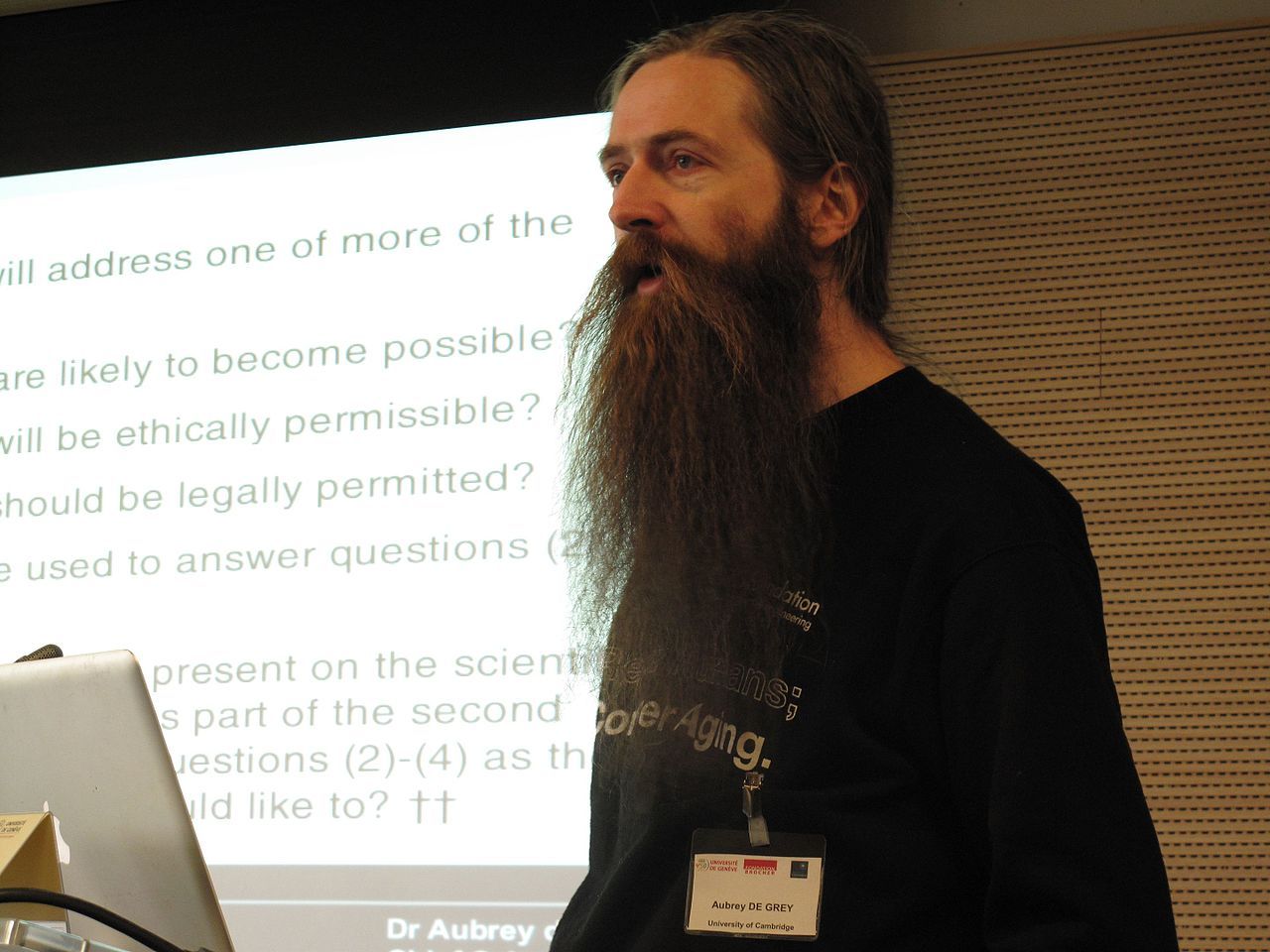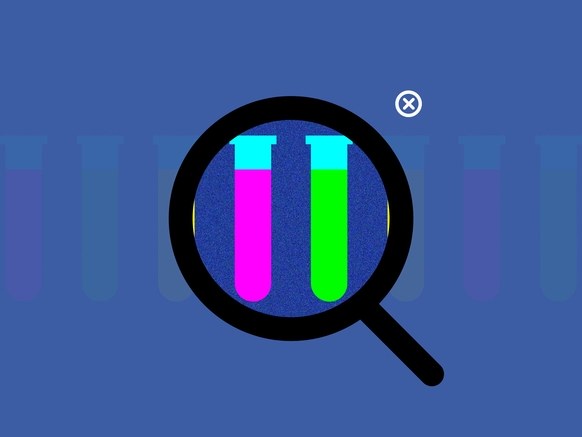Given there is to be a Reddit AMA on December 7th with Dr. Aubrey de Grey in the futurology subreddit, we thought it was a great time to have a look at the progress the SENS Research Foundation has made in tackling the aging processes. What follows is a brief summary of some of the highlights of their research efforts as well as the details of the AMA where you can ask Aubrey anything you like about his work.
Given that there is to be a Reddit AMA on December 7th with Dr. Aubrey de Grey in the Futurology subreddit, we think it’s a great time to have a look at the progress that the SENS Research Foundation has made in tackling the aging processes. What follows is a brief summary of some of the highlights of their research efforts as well as the details of the AMA, in which you can ask Aubrey anything you like about his work.
Today, there are many drugs and therapies that we take for granted. However, we should not forget that what is common and easily accessible today didn’t just magically appear out of thin air; rather, at some point, it used to be an unclear subject of study on which “more research was needed”, and even earlier, it was just a conjecture in some researcher’s head.
Hopefully, one day not too far into the future, rejuvenation biotechnologies will be as normal and widespread as aspirin is today, but right now, we’re in the R&D phase, so we should be patient and remind ourselves that the fact that we can’t rejuvenate people today doesn’t mean that nothing is being done or has been achieved to that end. On the contrary, we are witnessing exciting progress in basic research—the fundamental building blocks without which rejuvenation, or any new technology at all, would stay a conjecture.








